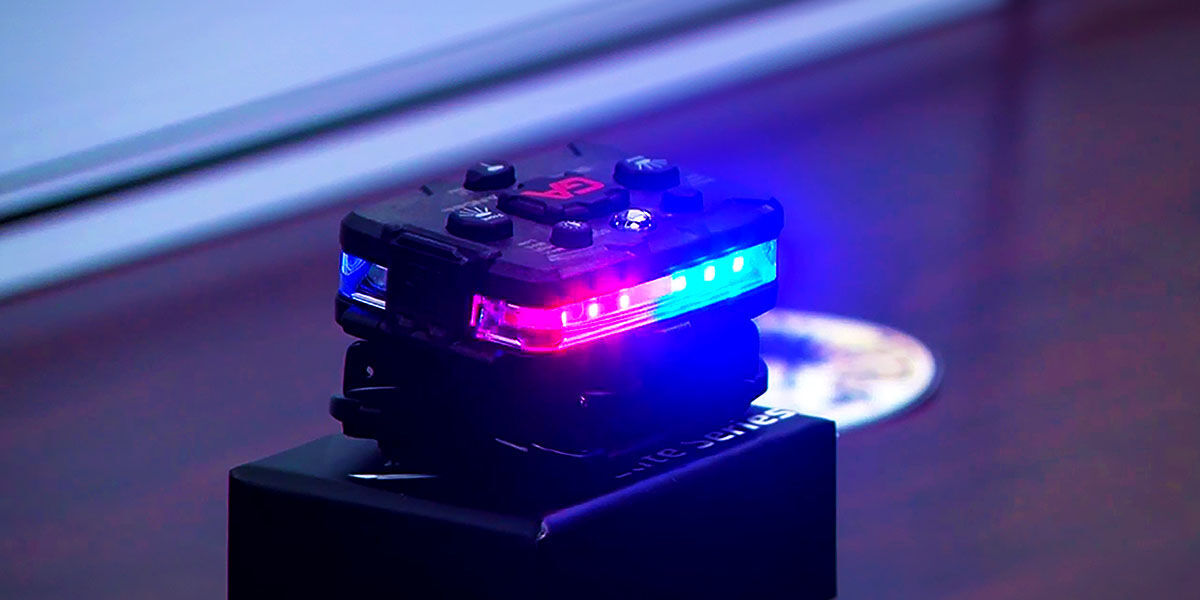State-by-State Vehicle Light Statutes
buying guide / device quiz headline

Providing wearable safety lights to thousands of professionals around the world, it’s our duty to help you determine which Guardian Angel light colors adhere to state statutes where you work.
In fact, this is one of the most common questions we get: Can people wear certain lights and what colors are allowed under emergency light laws in my state?
In an effort to help all our customers across various industries, we’ve curated information about each state statute into our Emergency Vehicle Light State Statutes Guide.








